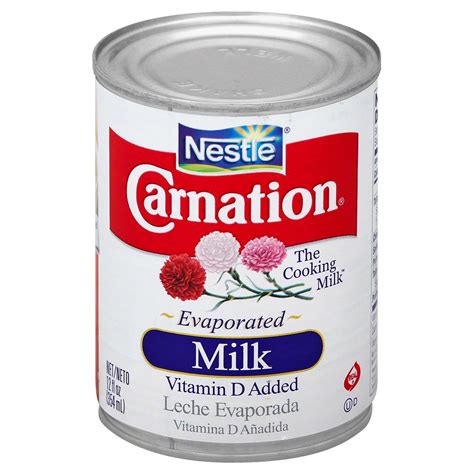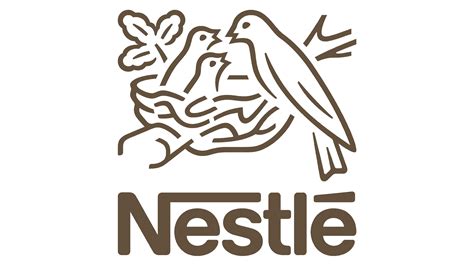What is Carnation Evaporated Milk?
Carnation Evaporated Milk is a product that has been around for quite some time. It was first introduced to the market in the early 1900s and quickly became a popular choice for many households. The process of evaporating milk involves heating it until a significant portion of the water content is removed, resulting in a product that is denser and creamier than regular milk.
Carnation Evaporated Milk has a rich, creamy taste that makes it a popular ingredient in many dishes and desserts. One of the benefits of using evaporated milk is that it has a longer shelf life than regular milk, making it ideal for those who don't use milk frequently. It can be used in place of regular milk in recipes that call for it, and it is often used to add flavor and richness to soups, sauces, and casseroles.
In addition to its flavor, Carnation Evaporated Milk is also a good source of calcium and vitamins D and A. It can be found in regular, low-fat, and fat-free varieties, making it versatile and suitable for people who want to reduce their fat intake.
Overall, Carnation Evaporated Milk is a convenient and delicious ingredient that has stood the test of time. Whether you are using it to make a creamy soup, a decadent dessert, or simply adding it to your morning coffee, it is a product that is worth trying out.
Frequently Asked Questions about carnation evaporated milk
EVERYDAY USE
Bakers know Carnation as a great way to make decadent fudge, pies, and cheesecake. But it doesn't stop there. Add Carnation Evaporated Milk to eggs, coffee, mashed potatoes, milkshakes, and mac and cheese.
Ingredients. Concentrated milk, Disodium phosphate, Sodium ascorbate (vitamin C), Carrageenan, Cholecalciferol (vitamin D3).
Evaporated milk is fresh milk that has been heated so that around 60% of the water content evaporates. After it's evaporated, it's homogenized, canned and then goes through a heat sterilization treatment that is part of the canning process.
In fact, it's also known as unsweetened condensed milk. Being a type of concentrated milk, evaporated milk has a higher nutrient concentration than fresh cow's milk, which gives it its characteristic creamy texture. It also has a higher mineral content.
On 6 September 1899, Stuart and a business partner founded the Pacific Coast Condensed Milk Company in Kent, Washington, and he became its first president (a post he held until 1932, then serving as chairman from 1932 to 1944). Its product was based on the relatively new process of commercial evaporation of beverages.
Nutritional profile
According to the CFR, evaporated milk should contain - by weight - a minimum of 6.5% milkfat, 16.5% milk solids-not-fat (MSNF), and 23% total milk solids (4). However, evaporated milk may be produced from whole, reduced fat, and fat-free milks.
On 6 September 1899, Stuart and a business partner founded the Pacific Coast Condensed Milk Company in Kent, Washington, and he became its first president (a post he held until 1932, then serving as chairman from 1932 to 1944). Its product was based on the relatively new process of commercial evaporation of beverages.
It differs from sweetened condensed milk in that it doesn't contain added sugar. In fact, it's also known as unsweetened condensed milk. Being a type of concentrated milk, evaporated milk has a higher nutrient concentration than fresh cow's milk, which gives it its characteristic creamy texture.
A slightly caramelized flavor results from the high heat process (Maillard reaction), and it is slightly darker in color than fresh milk. The evaporation process concentrates the nutrients and the food energy (kcal); unreconstituted evaporated milk contains more nutrients and calories than fresh milk per unit volume.
Biographical / Historical: Evaporated milk was developed over the course of the 19th century to address the need of armed forces in Europe to preserve food for long periods of time. Initially, milk was boiled and reduced, bottled with sugar, and then boiled again to create a seal.
Use Evaporated Milk to replace regular milk for these reasons: 1) Richer than milk, 2) Twice the calcium and protein of whole milk, and 3) "The Cooking Milk benefits.
Evaporated milk is manufactured by a process of evaporation, concentration, homogenization, and sterilization of whole milk. The approximate composition of evaporated low-fat milk is 7.5–9.0% fat and 18–22% non-fat milk solids.




















